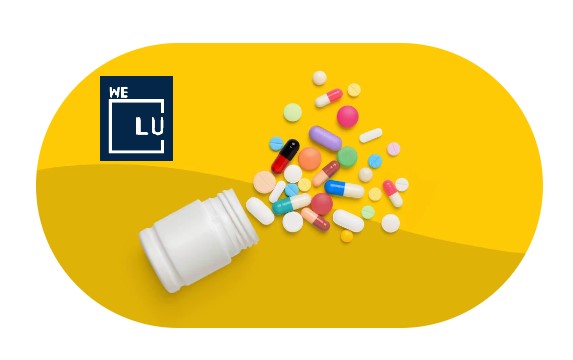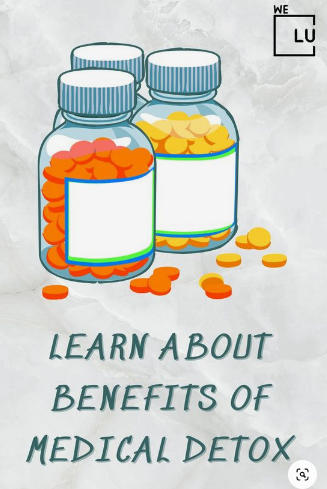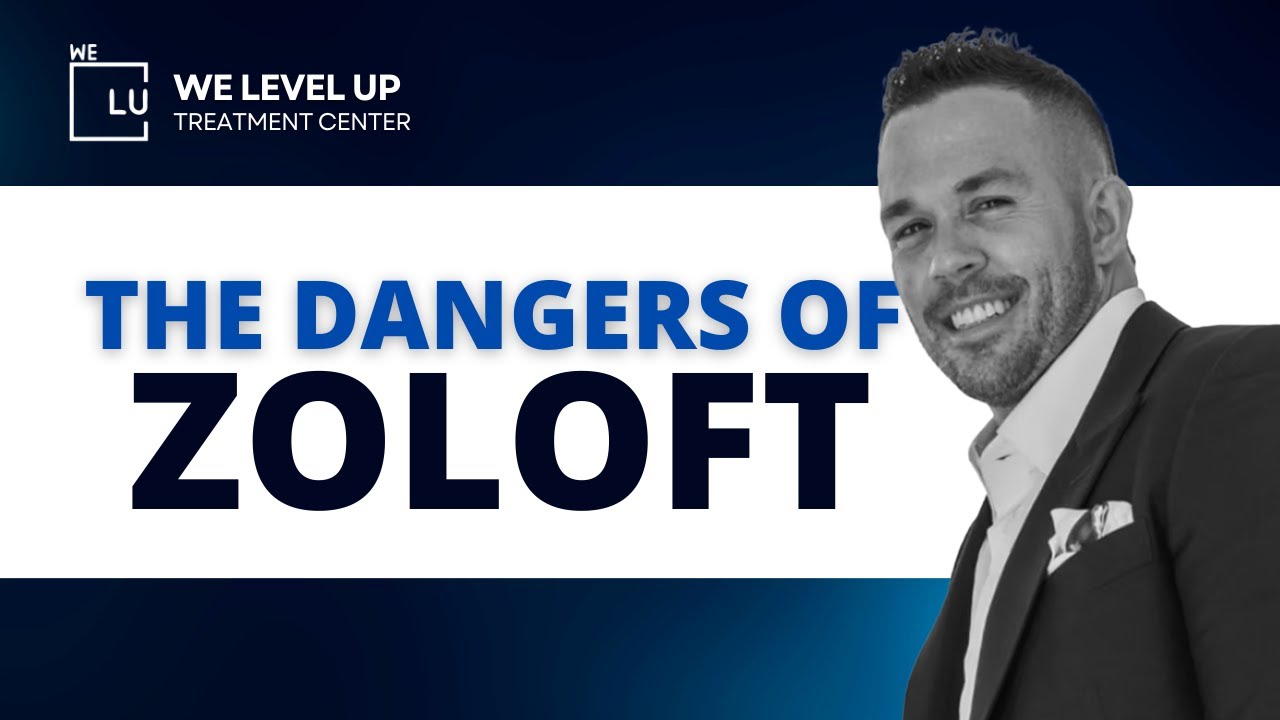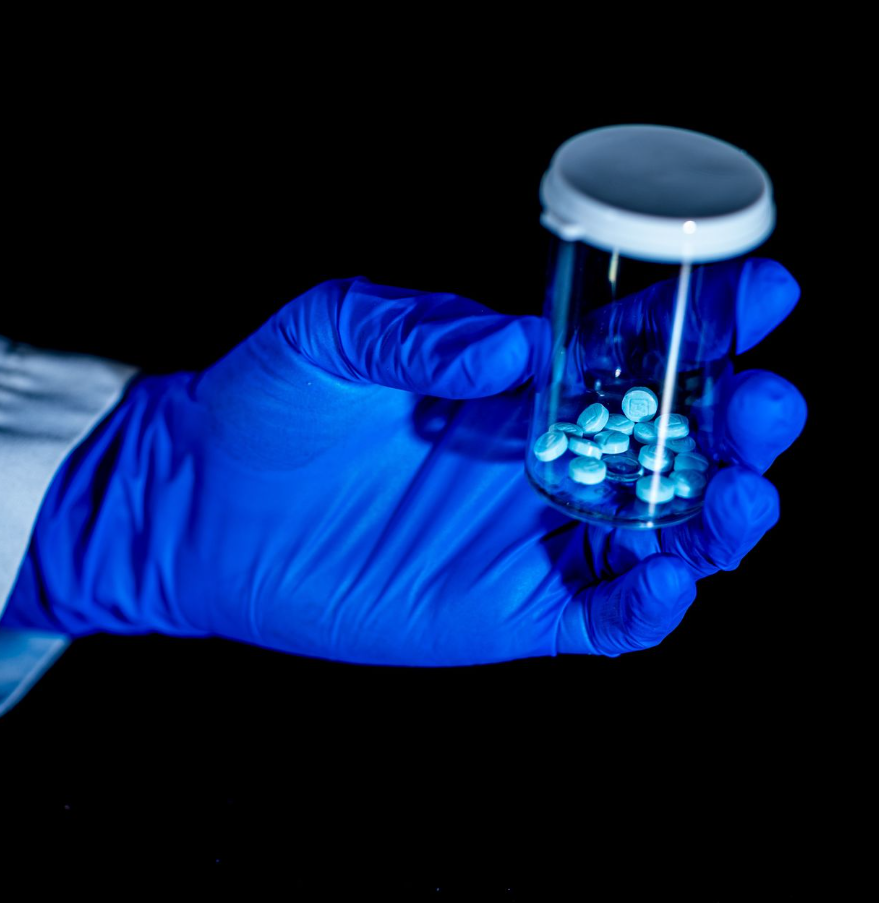Popular Ketamine Street Names
Ketamine, a dissociative anesthetic with hallucinogenic effects, distorts sight and sound, inducing feelings of detachment and loss of control. It is used in humans and animals and disconnects users from pain and surroundings. Recognizing Ketamine’s street name aids in identifying substance abuse, addressing drug crimes, and informing parents about its dangers for professional intervention.
Repeated use leads to tolerance, fostering Ketamine addiction. This craving results in increased usage, with potential adverse outcomes like withdrawal symptoms, long-term effects, substance-induced psychosis, and more. The white or light brown powder form is often snorted, with users describing a ‘bump.’ Available as a clear liquid for injection or nasal spray, its tastelessness and odorlessness make it quickly added to drinks, causing amnesia.
Beyond its anesthetic properties, Ketamine has a dark side as a potential ‘date rape’ drug due to its incapacitating effects. Awareness is crucial for combating its misuse and promoting a safer society. (1)
Popular street names for Ketamine may include:
- K
- Special K
- K2
- Vitamin K
- Super K, Super C
- Lady K
- Ket
- Kit Kat
- Ketaset
- Jet
- Super Acid
- Green
- Purple
- Mauve
- Super Acid
- Special LA Coke
- Cat Tranquilizers

What is Ketamine’s Street Name?
Numerous drugs, including legal prescriptions like ketamine, conceal themselves behind code names. Familiarity with these slang terms aids in recognizing potential drug use in loved ones, enabling intervention to prevent or address addiction.

Skip To:
Learn More:
- Ketamine Side Effects, Negative Impact on the Brain and Body
- How Long Does Ketamine Stay in Your System? Uses & Timeline
- Ketamine Holes, The Out-of-Body Effects of the Drug, & Abuse
- Does Ketamine Therapy Get You High? Ketamine Uses & Abuse
- Is Ketamine an Opioid? Ketamine Uses, Effects, and Abuse
- Ketamine Withdrawal Symptoms, Timeline, and Detox Treatment
- Ketamine Addiction Effects, Symptoms, Dangers, and Treatment
- What Is The Addiction Severity Index? How to Use ASI.
Ketamine addicts often employ various street names instead of their medical label. Some derive from specific brands or types, reflecting the method of use. For instance, snorting may lead to references like “bump,” while adding it to a drink results in names like “Special la Coke” or “Super Acid.”
Oral consumption may be dubbed “Vitamin K,” and injecting variants could be termed “Ketaject” and similar terms. It’s crucial to note that recreational ketamine use, regardless of street handling or specific names, poses serious risks. Without medical oversight, fatalities and out-of-body experiences are potential outcomes. (2)
Type or brand-specific street names for Ketamine include:
- Ketaset
- Ketalar
- Ketalar SV
- Ketanest
- Ketanest S
Using street names provides a discreet way to discuss substance use but may hinder seeking help. Concealing abuse can worsen addiction and delay necessary treatment. Awareness is key to addressing the challenges posed by these hidden identities.

Get Your Life Back
Find Hope & Recovery. Get Safe Comfortable Detox, Addiction Rehab & Dual Diagnosis High-Quality Care.
FREE Addiction Hotline – Call 24/7Ketamine Addiction & Ketamine Street Name
Extended Ketamine usage can lead to dependence, with regular users developing a tolerance that prompts increased intake for desired effects. Quitting may result in withdrawal symptoms such as depression, insomnia, and flashbacks. Notably, Ketamine addiction is termed psychological dependence, as it lacks physical withdrawal manifestations.
Chronic users may resort to “binging” in pursuit of the dissociative euphoria experienced initially. Illegally diverted prescription products or street analogs often serve as sources when abused. Despite awareness of health risks, addicted individuals persist, while some seek drug treatment services for cessation support. It’s crucial to address the complexities of Ketamine dependence for better understanding and intervention. (3)
Get Help. Get Better. Get Your Life Back.
Searching for Accredited Drug and Alcohol Rehab Centers Near You? We Level Up Texas Is Opening Soon!
Even if you have failed previously and relapsed, or are in the middle of a difficult crisis, we stand ready to support you. Our trusted behavioral health specialists will not give up on you. When you feel ready or just want someone to speak to about therapy alternatives to change your life call us. Even if we cannot assist you, we will lead you to wherever you can get support. There is no obligation. Call our network hotline today.
FREE Addiction Hotline – Call 24/7Can You Get Addicted to Ketamine Pills?
Developing a ketamine addiction is a real risk when using high quantities over an extended period. Initially chosen by some as a preferred recreational club drug, individuals may seek a mild psychedelic experience, contributing to its abuse alongside substances like MDMA. Persistent and chronic usage, however, can escalate into ketamine addiction.
The addictive nature of ketamine stems from its impact on the neurotransmitter glutamate in the frontal cortex of the brain. Ketamine activation not only triggers glutamate but also facilitates the formation of additional synapses in the same area, enhancing the flow of information throughout the brain. Understanding these mechanisms sheds light on the addictive potential of ketamine. (4)
The Dangers Of Ketamine Pills & Ketamine Powder
Ketamine, a potent anesthetic, poses severe risks that can lead to significant harm, including fatal consequences when combined with other substances. Its impact on the body is profound, manifesting in heightened heart rate and blood pressure, fostering confusion, agitation, delirium, and a sense of disconnection from reality.
The drug’s effects extend to physical and cognitive domains, causing nausea, impairment of short- and long-term memory, and a loss of sensation in the body. This numbness, coupled with muscle paralysis and detachment from reality, leaves individuals vulnerable to self-harm or harm from others. The reduced ability to perceive pain after ketamine use increases the likelihood of unintentional injuries.
Serious bladder issues, marked by a compelling urge to urinate, intense pain, and blood-stained urine, are associated with ketamine use. While discontinuing ketamine may alleviate some problems, irreversible damage might necessitate surgical intervention, including bladder repair or removal. The entire urinary tract, extending from the kidneys to the bladder, can be affected, potentially leading to incontinence.
Long-term ketamine use has been linked to abdominal pain, often referred to as ‘K cramps.’ Additionally, emerging evidence suggests a connection between regular, heavy ketamine use and liver damage. Given the liver’s vital functions in blood purification and detoxification, this underscores the gravity of the risks associated with prolonged ketamine usage. Awareness of these potential consequences is crucial for informed decision-making regarding drug use. (5)
How Addictive is Ketamine?
Elevated doses, often administered through injections, can induce the “K-hole” effect, described as a near-death or out-of-body experience with a profound sense of detachment from reality. Ketamine’s numbing effect heightens the risk of accidents and serious injuries.
The unpredictable nature of Ketamine makes it difficult for users to gauge safe limits. Even a tiny amount may lead to an overdose, especially when combined with other drugs or alcohol. Acting as a tranquilizer, Ketamine can cause complete immobility, posing a significant danger if the user is unable to seek help. Unintentional overdoses often occur during attempts to reach the “K-hole,” with respiratory failure being the primary cause of death in Ketamine overdoses.
Despite psychedelic substances generally have a reputation for lower habit-forming potential, Ketamine addiction is difficult. Using the drug can establish patterns of drug-seeking behavior, challenging the misconception that psychedelic drugs are not addictive. Awareness of Ketamine’s risks is crucial for promoting informed choices and addressing addiction. (6)

Ketamine Addiction Risk
The use of Ketamine induces distorted perceptions of sight and sound, leaving users feeling disconnected and out of control. Additionally, the drug can impair an individual’s senses, judgment, and coordination for up to 24 hours despite its hallucinogenic effects typically lasting only 45 to 90 minutes.
Ketamine is associated with a range of severe problems, both mental and physical, including:
- Depression
- Paranoia
- Agitation
- Delirium
- Amnesia
- Impaired motor function
- Ulcers and pain in the bladder
- Kidney problems
- Unconsciousness
- High blood pressure
- Potentially fatal respiratory problems
Understanding the comprehensive impact of Ketamine use underscores the importance of informed choices and awareness regarding its potential risks. (7)

Shortly after Ketamine ingestion, users may undergo an initial increase in heart rate and blood pressure, gradually tapering off over the next 10 to 20 minutes. Ketamine induces unresponsiveness to stimuli, accompanied by:
- Involuntary rapid eye movement
- Dilated pupils
- Salivation
- Tear secretions
- Stiffening of the muscles
- Nausea
Beyond the inherent risks of Ketamine use, individuals may expose themselves to the danger of sexual assault. Reports indicate that sexual predators have utilized Ketamine to harm victims, either by lacing drinks or offering the drug without victims comprehending its effects. Heightening awareness of such risks is crucial for fostering a safer environment. (8)
Opening Soon! World-class, Accredited, Anticipated 5-Star Reviewed, Effective Addiction & Mental Health Programs. Complete Behavioral Health Inpatient Rehab, Detox plus Co-occuring Disorders Therapy.
FREE Addiction Hotline – Call 24/7End the Addiction Pain. End the Emotional Rollercoaster. Get Your Life Back. Start Drug, Alcohol & Dual Diagnosis Mental Health Treatment Now. Get Free No-obligation Guidance by Substance Abuse Specialists Who Understand Addiction & Mental Health Recovery & Know How to Help.
Find Help For Ketamine Abuse Today
Individuals grappling with depression often endure prolonged periods of intense sadness lasting weeks or even months. It’s not uncommon for those facing mental illness to also contend with substance abuse, creating a complex interplay. Identifying the primary condition can be challenging, as extended bouts of profound sadness may drive individuals to seek solace in drugs or alcohol to alleviate pain and other symptoms.
In the general population, the prevalence of a current substance use disorder in individuals with Major Depressive Disorder (MDD) ranges from 8.5% to 21.4%, with a lifetime prevalence of comorbid Substance Use Disorders (SUDs) varying from 27% to 40%. Co-occurring depression adversely impacts the trajectory of SUDs, predicting poorer treatment responses and higher relapse rates. (9)
The ongoing debate in the mental health field revolves around whether these conditions are independent disorders or overlapping illnesses with common etiological and vulnerability factors. The initial presentation of depression may be obscured by the dominant symptoms or side effects of a Substance Use Disorder (SUD).
While substance use can exacerbate depression symptoms, clinical depression alone poses risks such as accidental injury, suicide, and self-harm. The addition of drugs or alcohol intensifies the threats to both mental and physical health.
Accurate assessment of all symptoms is crucial to determine the most effective ways to address comorbid depression and substance abuse. Mental health professionals are vital in evaluating symptoms, identifying potential coexisting conditions, and tailoring specific treatments accordingly. (10)
Some of the many modalities applied and practiced within our residential treatment facility are:
- Cognitive Behavioral Therapy
- Dialectical Behavioral Therapy
- 12-Step Groups
- Group Therapy
- Alumni Support Program
- Stabilization
- Holistic Therapy
- Dual Diagnosis Treatment
Connect with our knowledgeable treatment specialists at We Level Up TX for insights into dual diagnosis and medical detox programs designed to meet your specific needs. Our commitment is to eliminate stigma, minimize relapse temptations, and infuse a sense of recovery into every facet of the treatment journey. Creating a supportive community environment, especially in the early stages of recovery, allows clients to concentrate on their essential goal: sustained recovery.

Recovery Testimony Video
Start a New Life
Begin with a free call to an addiction & behavioral health treatment advisor. Learn more about our dual-diagnosis programs. The We Level Up treatment center network delivers recovery programs that vary by each treatment facility. Call to learn more.
- Personalized Care
- Caring Accountable Staff
- World-class Amenities
- Licensed & Accredited
- Renowned w/ 100s 5-Star Reviews
We’ll Call You
Sources
[1] Ketamine for the treatment of addiction: Evidence and potential mechanisms – PubMed (nih.gov) Ketamine Street Name
[2] How ketamine relieves symptoms of depression | National Institutes of Health (NIH) Ketamine Street Name
[3] On the safety of repeated ketamine infusions for the treatment of depression: Effects of sex and developmental periods – PMC (nih.gov) Ketamine Street Name
[4] Is Ketamine Addictive? How To Overcome Ketamine Addiction & (welevelup.com) Ketamine Street Name
(5) National Institute on Drug Abuse. “Stats & Trends in Teen Drug Use with Interactive Chart.” Accessed June 2, 2020. Ketamine Street Name
(6) Leonard, Kimberly. “Adderall Still Abused by Many Teens, Survey Shows.” US News & World Report, December 16, 2015. Accessed June 16, 2020.Ketamine Street Name
(7)Preidt, Robert. “‘Bath Salts’ Drugs Led to 23,000 ER […]ne Year: U.S. Report.” Ketamine Street Name HealthDay, September 17, 2013. Accessed June 16, 2020.
(8) Hitti, Miranda. “1 in 33 Teens Admit Trying Meth.” Ketamine Street Name CBS News, September 19, 2007. Accessed June 16, 2020.
(9) Merlan, Anna. “Don’t Panic, But There’s Probably Me[…]rmer In Your Cocaine.” Ketamine Street Name Dallas Observer, March 6, 2012. Accessed June 16, 2020.
(10)Jones, Christopher; Logan, Joseph; Gladden, R. Matthew; Bohm, Michele. Ketamine Street Name “Vital Signs: Demographic and Substance U[…] States, 2002–2013.” Centers for Disease Control and Prevention, July 10, 2015. Accessed June 16, 2020.






